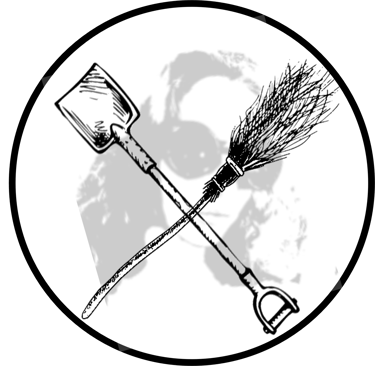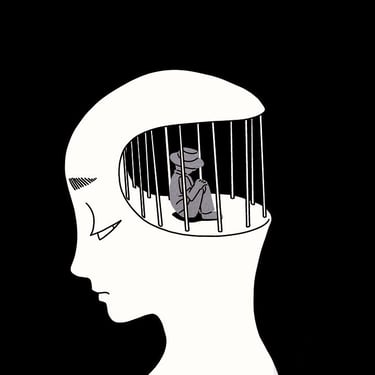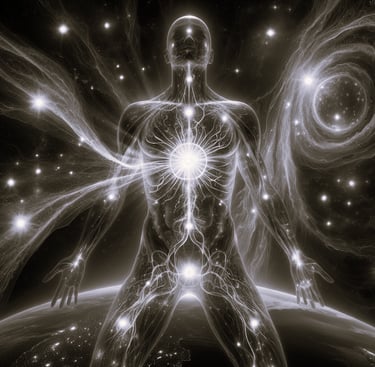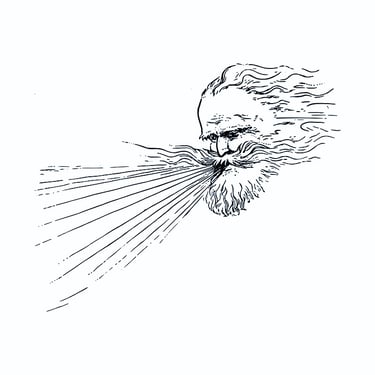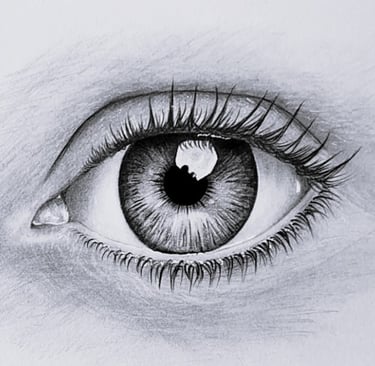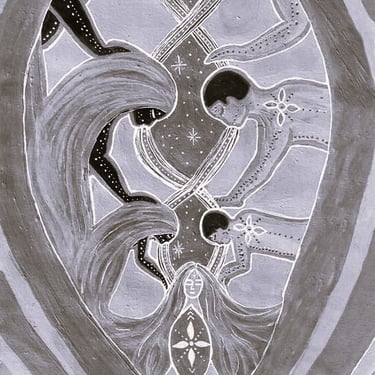
CORPOREAL
It is essential to release the memories of the body for a lasting and deep cleanse.
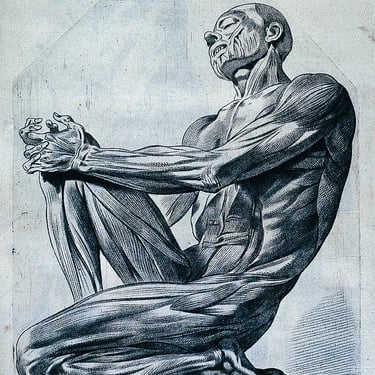

Freud laid the foundation for psychoanalysis, and we cannot deny the value of his teachings. However, as knowledge evolved, it became clear that there were important aspects missing in his "couch" therapy, which lacked physical and visual contact that could enhance its effects.
Through observation and research, it became evident that the body retains the memory of the past and stores this information in muscular contractions.
INTEGRATIVE CORPOREAL THERAPY (TCI)®
In therapy, it is interesting to combine both mental and physical approaches. Let's use a metaphor: imagine that the body is a USB drive and the psyche is its content stored in a folder on the desktop of a computer. If we only remove the content from the desktop but don’t clear the content from the USB drive, it can be downloaded back onto the computer at any moment.
The idea is to observe the individual's character structure as well as the traumas or re-stimulations occurring at the time of the therapy. This will help determine which specific physical movements or situational setups to use so that the body (the USB drive) is emptied of all its content, allowing the mental work to be deeper, more lasting, and therefore more effective.
MASSAGE PSI "Psycho Somatic Intégrative"®
The PSI massage complements the technique described above by focusing on pressure points in strategic areas of the face and body. The goal of this practice is to accelerate the process of releasing tensions and, therefore, resetting the USB drive (the body).
Knowing how to decipher an individual's bodily structure is like reading the book of their life story.
Alexander Lowen is one of those revolutionaries of the psyche who understood and theorized how to free oneself from childhood traumas by attributing certain body segments and muscle contractions to specific stages of development.
If the child did not receive what was essential at that particular moment, it will create energy blockages in the muscles and take away a part of their life force and spontaneity in adulthood.

